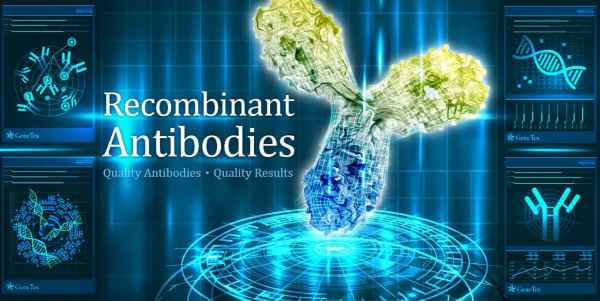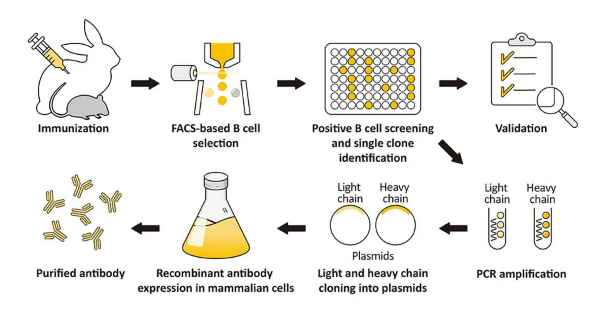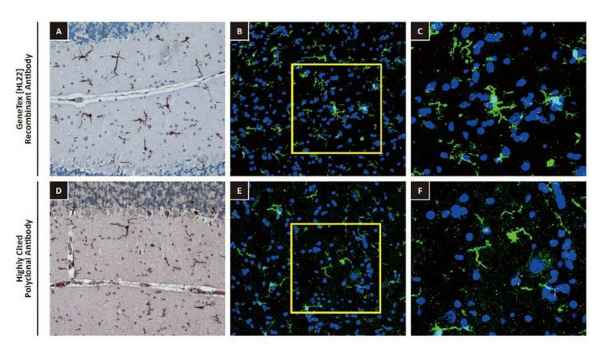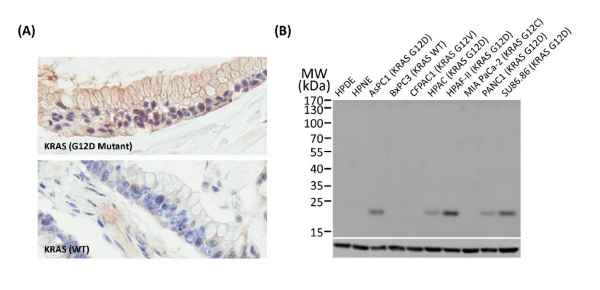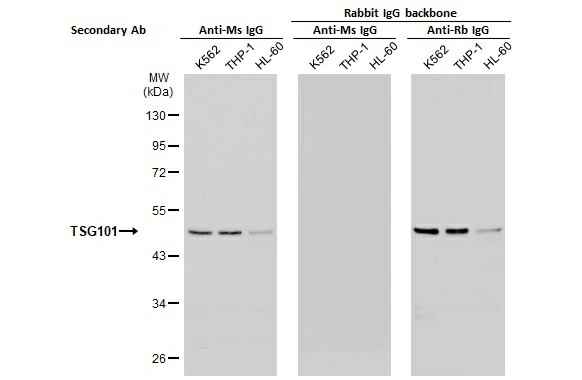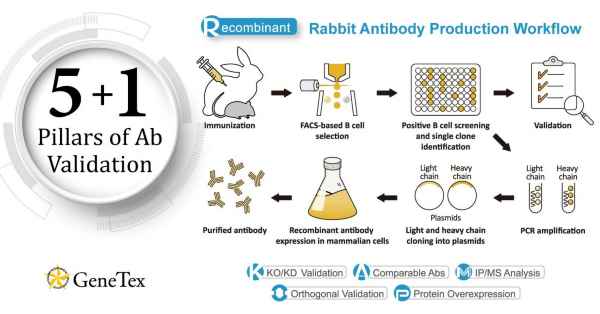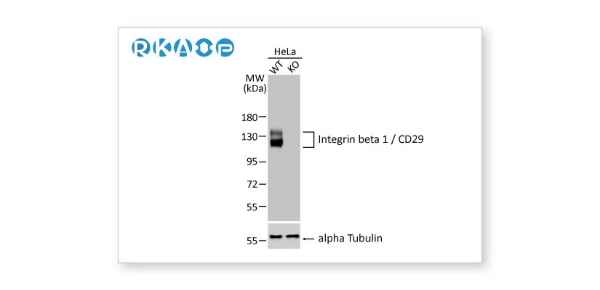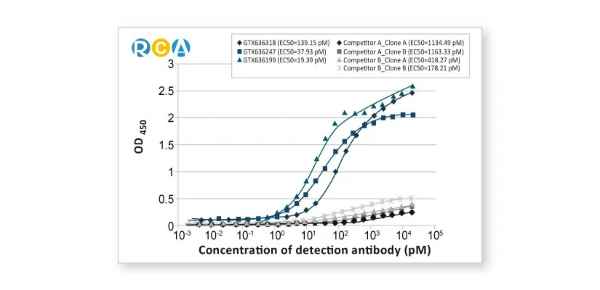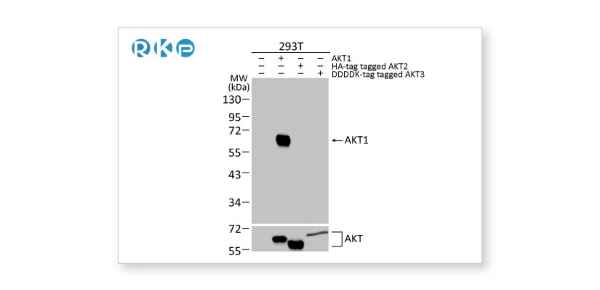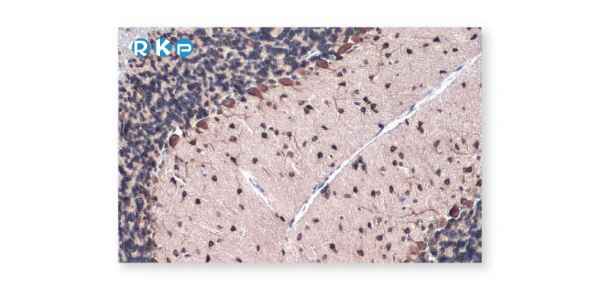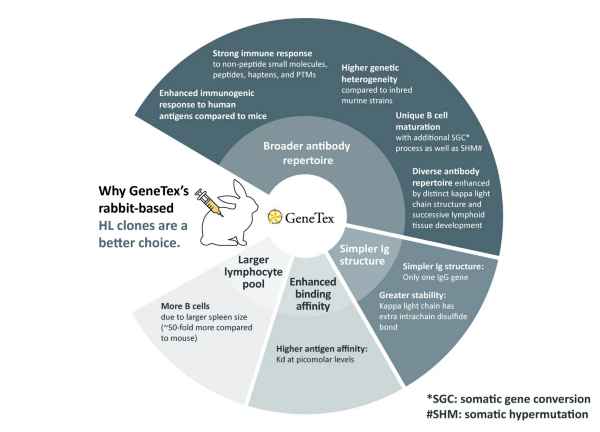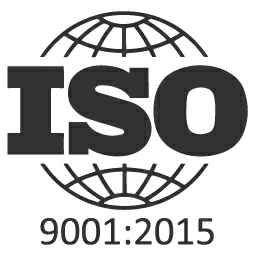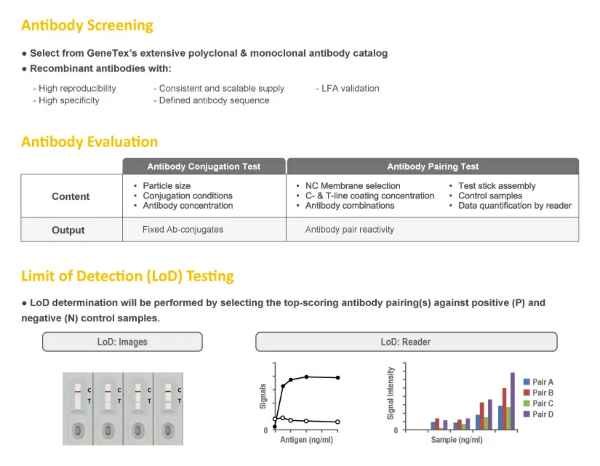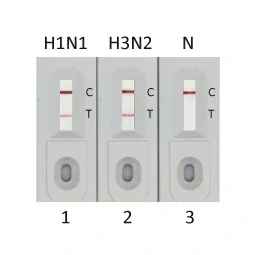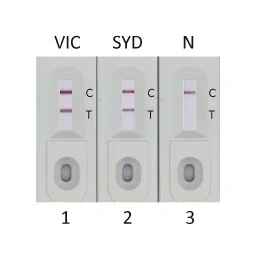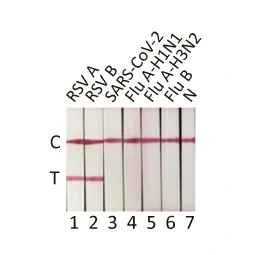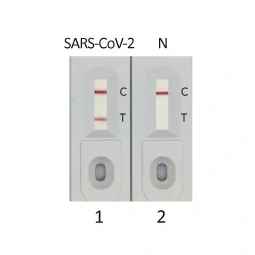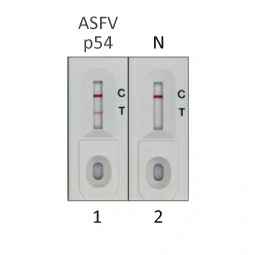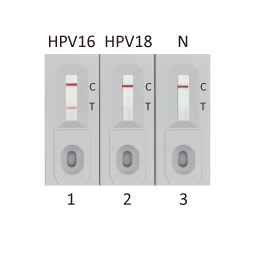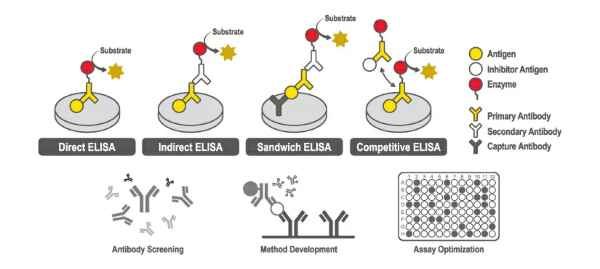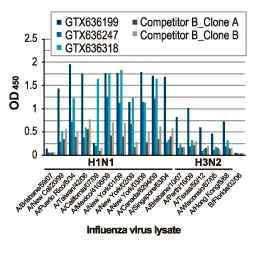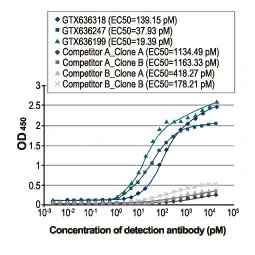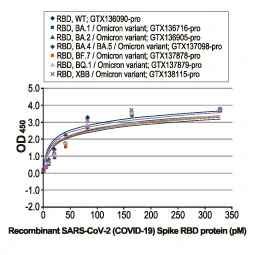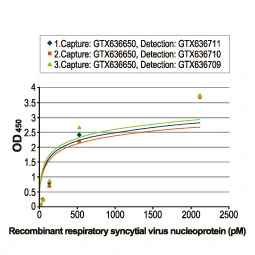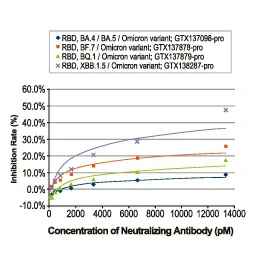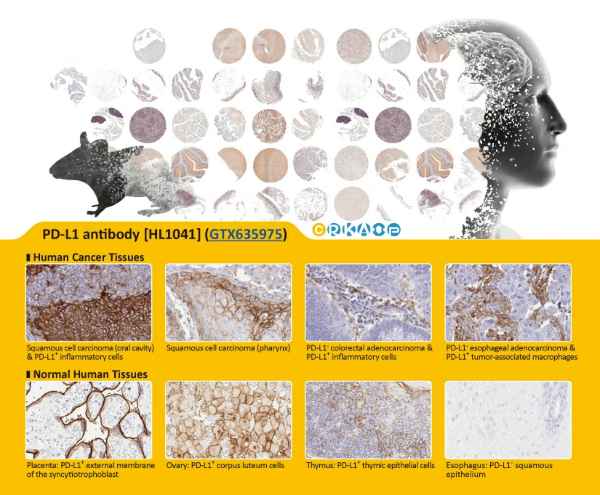1. Broader antibody repertoire:
a) Rabbits belong to the order Lagomorpha, which is evolutionarily distinct from the order Rodentia. This means that human antigens present epitopes that are often more immunogenic in rabbits than in mice, expanding the number of generated antibodies that may in turn cross-react with murine protein orthologs (2-5).
b) The rabbit immune system is more successful in mounting an immune response to hapten or small molecule antigens, which is frequently not the case with the murine immune system (2-5).
c) Mice used to generate monoclonal antibodies are from inbred lines and offer less diversity in their immunogenic responses than do rabbits. In addition, mouse spleens are much smaller than rabbit spleens (2-5).
d) The rabbit immune system is different from those of mice and humans in that it utilizes somatic gene conversion (SGC) to expand its antibody range in addition to performing the same VDJ and VJ recombination and somatic hypermutation (SHM) mechanisms noted in mice and humans. Antibody diversity is further enhanced by other processes that include a kappa light chain variable gene structure distinctive for variability in the length of complementarity determining region 3 (LCDR3), as well as successive Ig development in the bone marrow, the gut-associated lymphoid tissues (GALT), and spleen and lymph node germinal centers (3, 5).
2. Simpler Ig structure:
a) The European rabbit (Oryctolagus cuniculus) is known to have single genes for IgE and IgM, and no genes for IgD. Interestingly, its genome contains 13 IGHA genes coding for at least 10 functional IgA subclasses. Importantly, though there are allelic variants, rabbits have only one IgG gene (and thus no subclass) and therefore differ from mice and humans (each with four IgG subclasses) (4, 5).
b) In addition to the disulfide bonds found in a human or mouse IgG (linking the heavy chain pair or one heavy chain to its associated light chain), rabbit IgG antibodies demonstrate a unique intrachain disulfide bond in their K1 light chain. This is significant as perhaps 90% of IgGs in New Zealand White rabbits are IgG-k (K1), and this extra bond is thought to confer stability onto the rabbit IgG (2, 5).
3. Enhanced binding affinity:
a)Rabbit monoclonal antibodies have very high affinities with Kd values characteristically in the picomolar range, with some possessing exceptionally low picomolar Kd values (2, 5).
b) Picomolar Kds translate to increased sensitivity with consistent specificity.
4. Larger lymphocyte pool:
a) Rabbits have a longer life span and their larger size (perhaps a 100-fold weight differential between a three-month-old rabbit and a six-week-old mouse) greatly facilitates blood and tissue sampling during antibody production (5).
b) Consistent with the statements above, rabbit spleens allow isolation of 50-fold more B cells compared to murine spleens, meaning more clones recognizing a wider selection of epitopes (2-5).
GeneTex hopes that the distinct advantages of rabbit monoclonal antibodies discussed above will encourage you to consider our HL clones for your research needs. As GeneTex has now shifted all of its new antibody production to the creation of these monoclonal antibodies, our product inventory will continue to expand rapidly moving forward.

